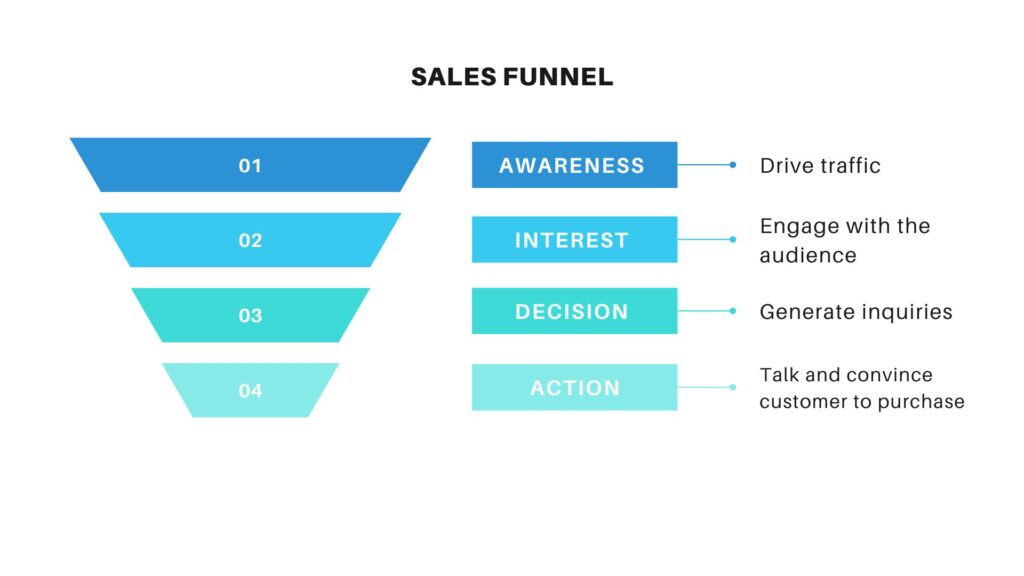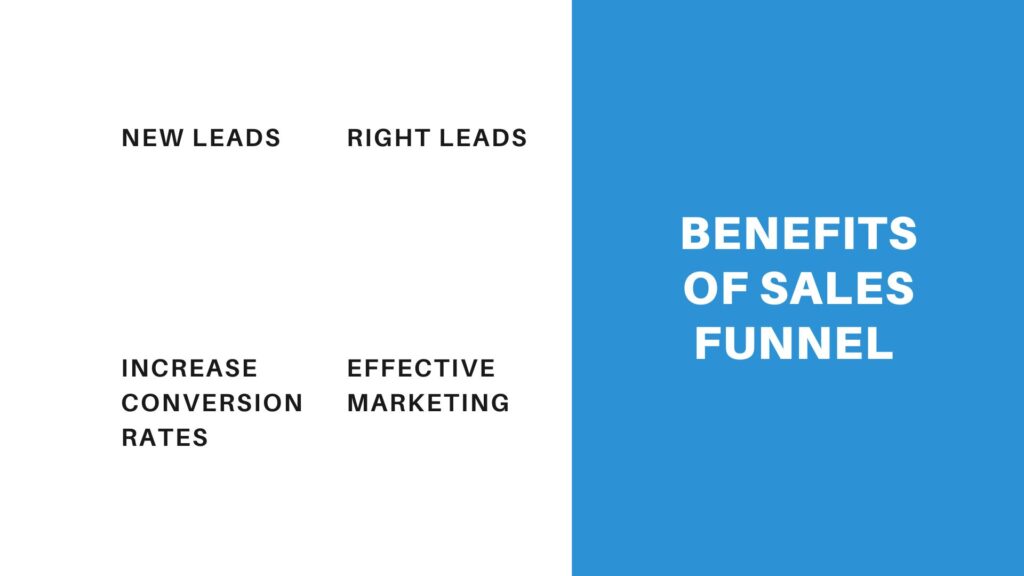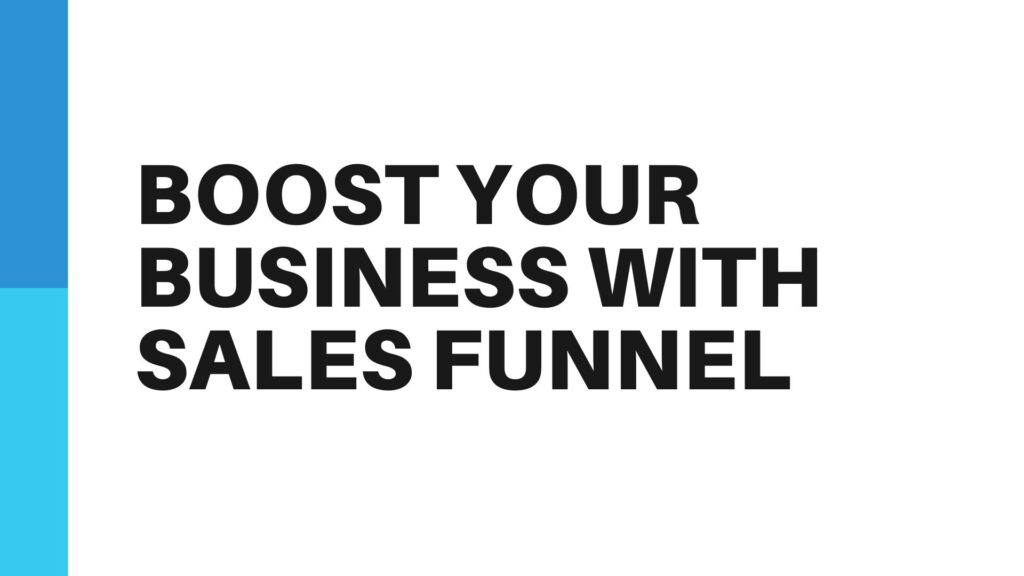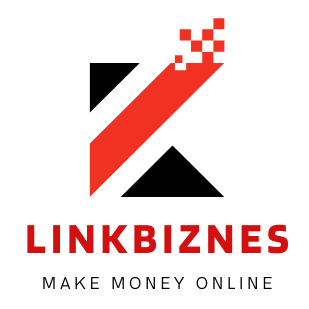What is a sales funnel?
The stages of your sales process are represented visually by a sales funnel, which also depicts the customer buying cycle from awareness to action. The “funnel” form represents how, as leads are added to the top of a funnel, their quantity gradually drops until only a tiny fraction—those that convert to customers—reach the bottom. Your sales funnel phases’ analytics can be used to forecast sales, manage targets, and enhance performance.
Missing a transaction may be painful for any business owner. The prospect may exit the sales funnel without making a purchase after demonstrations and presentations, conversation, and charm.
Sales funnel stages
Prospects move several stages of your sales funnel from the time they first learn about your goods or services to the time they did their purchases. Each prospect’s journey of the sales funnels differs. Ultimately, they’ll judge it based on their level of interest. They’ll consider the issue they’re attempting to resolve and carry out a market study to confirm that your service is the ideal remedy.
There are 4 stages involved in the sales funnel as follows:

Awareness
The “awareness” level is the first step of the sales funnel. The stage refers to the point at which customers first learn about your goods or services. They could learn about you from word of mouth, social media, or even your advertising.
Naturally, how and why those customers proceed through the sales funnel depends on your own sales and marketing skills. You should focus your attention on leads who are in the middle and lower stages of the sales funnel because they have moved from awareness to interest.
Interest
Prospects will assess your brand depending on their level of interest once they have learned about it. They’ll consider the issue they’re attempting to resolve and carry out a market study to confirm that your service is the ideal remedy.
Decision
Prospects will investigate your pricing and packaging alternatives further after learning more about your business. Sales pages, webinars, and phone conversations are useful at this point to persuade potential customers to buy.
Action
The outcome of all your efforts will depend on whether the prospect buys something or not at this point. The deal wouldn’t be completely lost if they hadn’t. To ensure that you remain top-of-mind, you can design nurturing campaigns.
Benefits of using a sales funnel

New leads
The correct sales funnel content will certainly bring in new leads for your business. Naturally, the subsequent question is: What constitutes appropriate content? That depends on your company, your sector, and the kind of leads you’re trying to draw.
Consider your areas of expertise and the issues you assist clients with. Your material should benefit your intended audience and address a concern or issue that they may be experiencing. This could take the form of an online test, a downloadable e-book, etc.
The most important thing is to get everyone’s email when giving them the stuff they want. So, these potential customers are now in your funnel, ready for nurturing and relationship-building.
Effective marketing
A sales funnel helps you to focus on the actions that need to be taken to generate leads and close deals. Your marketing doesn’t necessarily need to be easier; it just has to be more successful. Additionally, you’ll encounter fewer missed opportunities.
Right leads
Although not all leads will ultimately result in sales, developing a sales funnel will enable you to choose which leads to pursue.
Instead of wasting too much time on leads that will never convert, you can use your time and resources to work on sales leads that have potential.
A first phone call or email survey for new leads is one way to accomplish this. By doing this, you can learn more about your potential customers and identify those who are more committed to purchasing your goods or services.
Build trust
Not everyone will decide to buy from you right away. Conversions depend on a sales funnel with several points of contact spread out over a certain duration.
The objective is to consistently share information with them that will inform and solidify your relationship with them over time—until they are ultimately prepared to make a purchase.
People purchase products from businesses they trust.
Increase your conversion rate
Everybody wants to see a higher conversion rate of leads into actual customers. The key to converting more leads is to comprehend your prospects’ path to eventual purchase.
It’s important to consider your prospects’ needs, meet them where they are, and develop a rapport based on trust in order to close the sale.
The majority of sectors have an average sales funnel conversion rate of around 3%. That might not seem like much, but quickly assess your conversion rate in the absence of a sales funnel (if you know). A solid starting point for a goal is at least 3 percent. There is always room to grow from there.
Conclusion
Results won’t appear right away. However, you will notice a huge improvement in your sales funnel conversions if you continue to apply the tactics consistently. Start with one strategy and evaluate the outcomes before moving on to the next. You will be able to determine which strategies offer the best time and effort returns. Additionally, it enables you to swiftly make any necessary adjustments to achieve your marketing goals.


